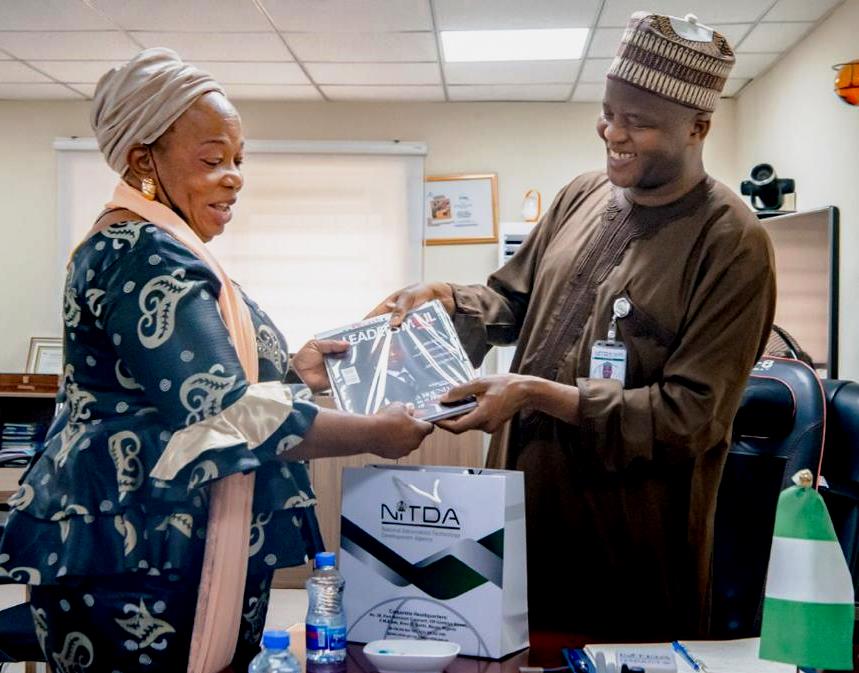 Continuous investment in digital innovation will boost Nigeria’s education sector and the economy in general, Director General, National Information Technology Development Agency (NITDA), Kashifu Inuwa Abdullahi has said even as he reiterated the support of the agency for all higher institutions of learning across the country.
Continuous investment in digital innovation will boost Nigeria’s education sector and the economy in general, Director General, National Information Technology Development Agency (NITDA), Kashifu Inuwa Abdullahi has said even as he reiterated the support of the agency for all higher institutions of learning across the country.
Abdullahi, while receiving the Deputy Vice Chancellor Administration, Federal University Dutsen Ma, Katsina state, Professor Mary Agbo, in Abuja, said NITDA looked to continuously collaborate with academic research centres in order to enable innovations drive education and other sectors.
RELATED Digital Inclusion: What Does Equal Access To Education Mean In The Digital Age?
“The agency will continue to interact and listen to active and vibrant higher institution of learning with a view of discussing the challenges facing them especially in the Area of IT and Innovation,” said the NITDA’s boss. He was represented by the Director, IT Infrastructure Solutions, Dr. Abdullahi Gambo Usman,
According to him, as the statutory agency for e-government implementation, internet governance, and overall IT development in Nigeria, NITDA has the mandate to create the enabling environment for digital innovation to flourish.
“It is mportant to seek to explore the benefits of innovations and creativity in order to bring about functional education system for the country,” he added while stressing need for mutual understanding between stakeholders and the agency in developing standards, capacity building, research and development.
The IT sector played a pivotal role in getting the country’s economy out of recession, and recorded the highest growth rate in Q1 of 2020 as reported by the National Bureau of Statistics (NBS).
The sector is the only one that recorded double digits growth rate despite the recession between 2020 and Q1 of 2021 prompting the need to provide support and guidelines in all sectors of development and innovation to Nigeria.
Abdullahi assured the visiting university team of NITDA’s support in addressing security challenges around the optic fibre cable that links the two campuses of the university. The cable was donated by Minister of Communications and Digital Economy, Prof Isa Ali Ibrahim Pantami through the Nigerian Communications Commission (NCC).
Abdullahi advised on the use of autonomous drones to cut back on human “involvement in these often-dangerous situation and also help cut cost while bolstering safety at the same time.”
Adding: “By using artificial intelligence (AI) to interpret satellite images, NITDA experts have long been able to tap into satellite images to help in preventive and response efforts.
“NITDA always emphasizes on how important it is to know how to use modern technology, not just as an enabler but as a strategic design for your strategy in general which will inspire you to do more.”
According to him, NITDA Strategic Roadmap and Action Plan (SRAP 2021-2024) is built on seven pillars with their respective goals and objectives, which are; Developmental regulations, Digital literacy and skills, Digital transformation, Digital innovation and Entrepreneurship, Cyber security, Emerging Technologies and Promotion of indigenous content.































